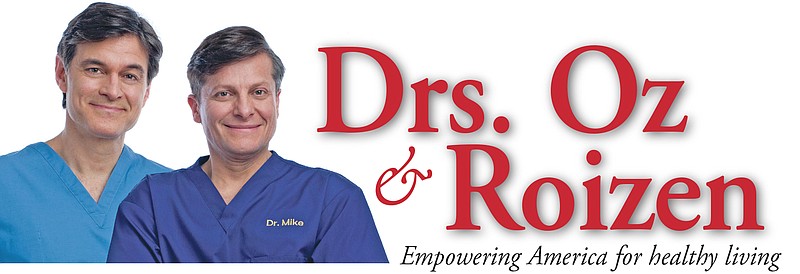In 1974, President Richard Nixon delayed a visit to the hospital for phlebitis (blood clots in his left leg) because he had nosocomephobia, an exaggerated fear of hospitals. He worried that if he went in, he'd never come out alive. It's a pretty common phobia, especially now that the global pandemic has turned hospitals in many locations into M*A*S*H units and filled them to capacity with potentially lethal, infected patients.
It's especially evident among people suffering from life-threatening cardiovascular conditions. A recent Gallup poll found that 86% of people with heart disease said they would be either "very concerned" or "moderately concerned" about contracting the virus from a hospital visit. An informal Twitter poll by an online community of cardiologists found almost half reported a 40% to 60% reduction in admissions for heart attacks; 20% reported greater than a 60% reduction. That is scary, since it means that people are not getting early intervention that can save their lives and may be dying at home.
If you have symptoms that could signal a heart attack - tightness and pain in the chest, lightheadedness, clammy skin, sweating, heartburn or (often in women) discomfort in the neck, jaw, shoulder, upper back or abdomen, shortness of breath or nausea - call 911. EMTs and ERs are eager and prepared to help you with a cardiovascular emergency. Your risk of catching COVID-19 in the ER is not great if recommended precautions are in place (protective gear, distance between patients, no visitors, etc.). Let them help.
(c)2020 Michael Roizen, M.D. and Mehmet Oz, M.D.
King Features Syndicate

